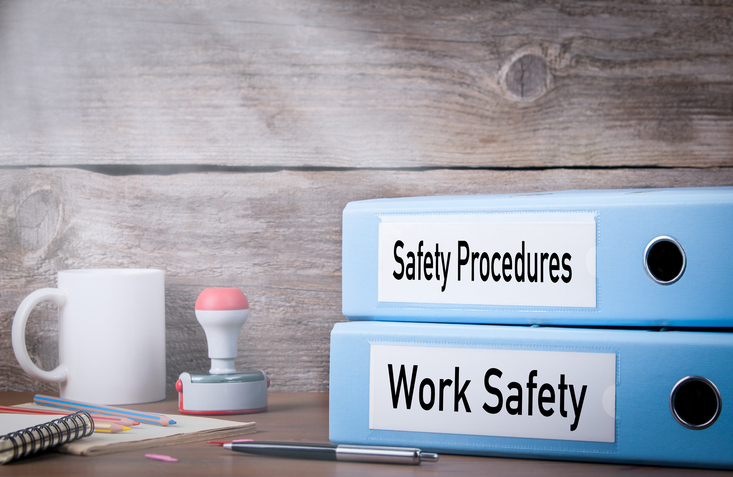
Some local governments have 'Containers for Change' collection points within their boundaries and workers sorting through the containers – and it's important you're aware of any risks and how to best mitigate them.
LGIS has been working with WA Return Recycle Renew Ltd (WARRRL) to help manage the risks associated with the 'Container for Change' deposit scheme.
We have a few resources for your staff which may be beneficial to help you manage the manual task related risks associated with this very specific role.
1. Manual task training module
2. Job dictionary for container deposit scheme attendant
Associated manual task risks
- Workers at the refund point are tasked with the collection and processing of containers from the public.
- Often, items are dropped off on the floor, and stored in whatever carrier the public provides (plastic bags, small steel drums, laundry baskets, crates, large plastic barrels, wheelie bins). This makes it difficult for staff to pick up the items and carry them at waist height for processing.
- Staff then sort the containers into different bins, often while crushing cans and removing lids. The community could pack any items they like, which increases the risk to staff sorting through the containers.
- In summary, the main tasks are collecting containers from the customer, moving 240L to 1100L bins around, and sorting containers at the sorting station.
Potentially hazardous characteristics include:
- Highly repetitive upper limb movements.
- Sustained awkward postures when sorting at the sorting stations.
- High force when lifting and moving bins and containers.
- Exposure to excessive noise levels.
Recommendations:
- Allow enough space for processing and improved posture and movement.
- Have a waist-high bench 'drop off point' to reduce lifting items from the floor.
- Ensure appropriate signage throughout the area, for community members and workers alike (for e.g. outlining which containers are suitable; asking customers to remove lids and liquids prior).
- Provide local government-branded drop off bags to eliminate the variety of carriers, and ensuring they are see-through enables workers to view the contents when sorting.
- Provide trolleys to move containers from drop off point to processing table or skip bin.
- Ensure all staff wear correct personal protective equipment, such as gloves and hearing protection.
- Automated systems where the drop off and sorting component are completed by the customer are another option, however it's recognised this may not be feasible for all local governments.
The LGIS injury prevention team can assist your local government in assessing your manual task risks, and providing recommendations for any hazardous characteristics.
